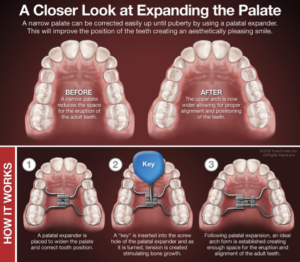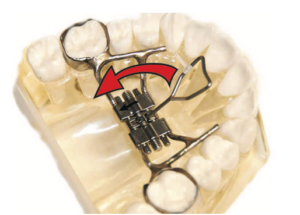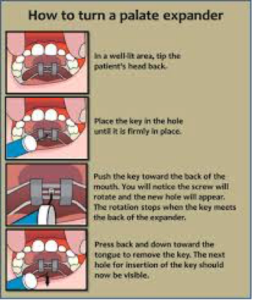Early Guidance
By starting treatment early, we can recognize potential problems and correct them before they become more serious. This not only saves time, but also money.
Interceptive orthodontic treatment has proven to be beneficial for the overall desired results. Because a young child’s permanent teeth have not finished erupting, we can comprehensively evaluate the front-to-back and side-to-side tooth relationships and address any impending problems at their earliest stages. It is possible that immediate treatment is not necessary at the time or not even at all. However, if treatment is indicated we will create a personalized treatment plan for your child that will prove to be the most beneficial for his/her specific case.
The early orthodontic period varies between patients, but may include placement of fixed/ removable appliance that can provide more room for crowded, erupting teeth; preserve space for unerupted teeth; create facial symmetry through manipulating jaw growth; reduce the possibility of tooth extraction; and reduce overall treatment time in braces.
Habits such as thumb sucking can cause problems for the teeth, the bite and jaw. It is important that such oral habits are eliminated at an early age to minimize their potential damaging effects. There are various appliances that can be used to control and eliminate the habit. A thumb guard is an appliance that fits over the thumb and makes it difficult or uncomfortable for the child to suck their thumb. A child with an oral habit should be seen by an orthodontist by the age of five.
Interceptive orthodontic treatment has proven to be beneficial for the overall desired result. Because a young child’s permanent teeth have not finished erupting, we are able to comprehensively evaluate the front-to-back and side-to-side tooth relationships and address any impending problem at its earliest stage.
During your child’s initial exam we will first determine if there are any problems that need to be addressed, such as potential crowding, open bite, overbite or gummy smiles. It is possible that immediate treatment is not necessary at the time or even at all. However, if treatment is indicated, we will create a personalized treatment plan for your child that will prove to be the most beneficial for his/her specific case.
Palatal Expansion
Below are three of the most common problems that a child may face for which our orthodontists will likely recommend this appliance:
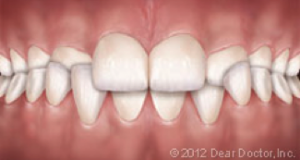
Crossbite
Upper jaw is too narrow to fit with the lower jaw
Back top teeth are inside of the lower teeth
Correction: Expand upper jaw
Crowding
Not enough room for permanent teeth
Upper jaw is too narrow
Correction: Widen upper jaw to create space
Impacted Teeth
A tooth has not yet come in and is being blocked by other teeth
Improper position of growing teeth, most common with canines or eye teeth (located directly under the eyes)
Correction: Widen upper jaw to allow tooth to grow in its proper position
Other Reasons Our Doctors May Choose This Treatment:
Aesthetically broaden the smile
Limit the number of teeth to create space
Improve breathing
Shorten overall time your child will need braces
Below are some experiences you and your child might have. These are normal and are signs that the expanders are working. The more uncomfortable experiences are only temporary as it is the body getting used to the new treatment. Don’t be alarmed if your child is experiencing the following:
- Soreness
- Feeling of pressure
- Speaking and eating feels a little different at first
- A small gap between the front teeth
Warning Signs
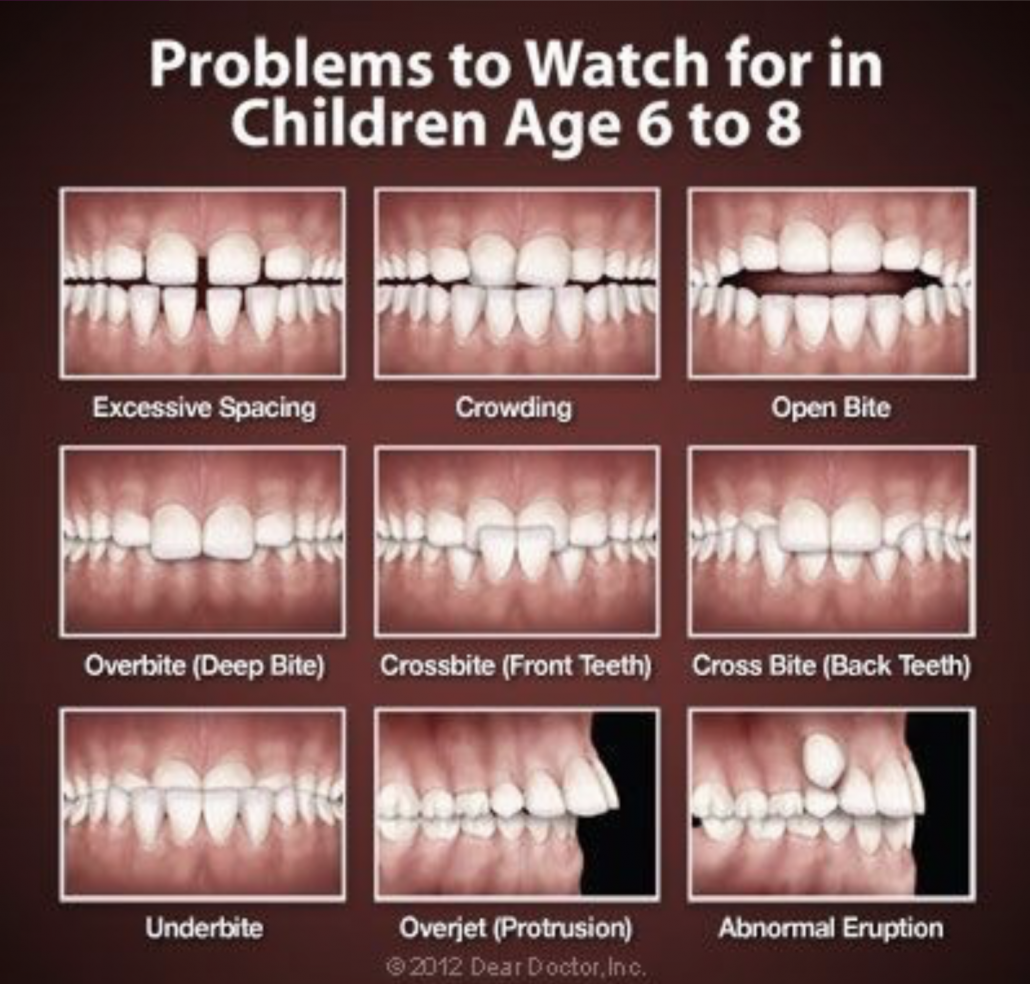
Dentofacial Orthopaedics
If your child begins orthodontic treatment before his or her adult teeth have erupted, it is known as phase-one treatment. During this phase, functional appliances are used to modify your child’s growth by repositioning the jaw(s) to a more harmonious position before beginning the next phase of treatment, This usually involves placing braces (phase two) to straighten your child’s teeth. This procedure can enhance the facial profile and facial appearance.
There are a number of functional appliances that can be used. We mainly use the Twin Block appliance.
The Twin Block appliance is a removable, functional appliance that is used to help correct jaw alignment, particularly an underdeveloped lower jaw. The appliance postures a patient’s lower jaw into a forward position on closing their mouth. The appliance aligns the jaws but not the teeth, therefore it is considered to be a “first phase” treatment prior to the full orthodontic treatment or braces (second phase) to align the teeth correctly.
• This type of treatment is most effective during a growth spurt. Therefore, it is important to see an orthodontist early (7 years of age) to assess the timing of this treatment to avoid missing out on the growth spurt.
Habit Breaking


